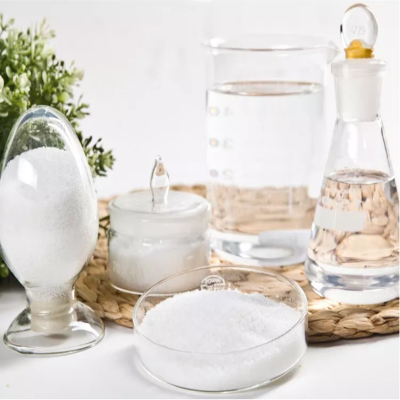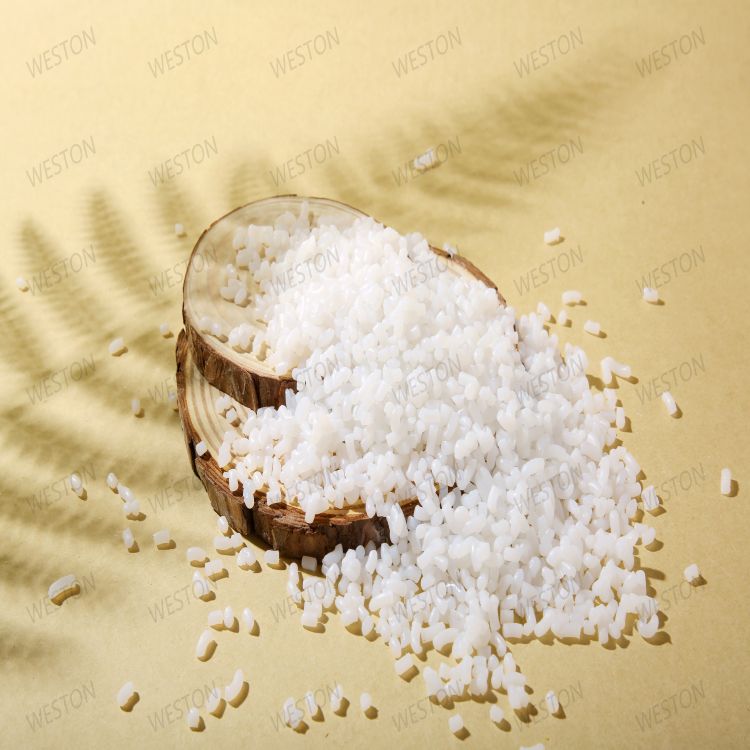-
Categories
-
Pharmaceutical Intermediates
-
Active Pharmaceutical Ingredients
-
Food Additives
- Industrial Coatings
- Agrochemicals
- Dyes and Pigments
- Surfactant
- Flavors and Fragrances
- Chemical Reagents
- Catalyst and Auxiliary
- Natural Products
- Inorganic Chemistry
-
Organic Chemistry
-
Biochemical Engineering
- Analytical Chemistry
- Cosmetic Ingredient
-
Pharmaceutical Intermediates
Promotion
ECHEMI Mall
Wholesale
Weekly Price
Exhibition
News
-
Trade Service
The second method of automatic Kjeldahl method
8 Reagents and Materials
Unless otherwise specified, the reagents used in this method are all analytically pure, and the water is grade 3 water specified in GB/T 6682.
1 Reagents
1 Magnesium oxide (MgO.
2 Boric acid (H 3 BO 3 .
3 3
3 Hydrochloric acid (HCl) or sulfuric acid ( H2SO4 )
2 4
4 Methyl red indicator (C 15 H 15 N 3 O 2 .
Methyl Red Indicator Methyl Red Indicator 15 15 3 2
5 Bromocresol green indicator (C 21 H 14 Br 4 O 5 S.
Bromocresol Green Indicator Bromocresol Green Indicator 21 14 4 5
6 95% ethanol ( C2H5OH ).
2 5
2 Reagent preparation
1 Boric acid solution (20 g/L): same as 2.
2 Standard titration solution of hydrochloric acid (1000 mol/L) or standard titration solution of sulfuric acid (1000 mol/L): same as 4.
3 Methyl red ethanol solution (1 g/L): same as 6.
4 Bromocresol green ethanol solution (1 g/L): same as 7.
5 Mixing indicator solution: Mix 1 part of methyl red ethanol solution with 5 parts of bromocresol green ethanol solution before us.
9 Instruments and Equipment
1 Balance: Sensitive amount is 1 m.
2 Blende.
3 Automatic Kjeldahl analyze.
4 Steam storage tube: 500 mL or 750 m.
5 Pipette: 10m.
10 Analysis Steps
11 Instrument Settings
11 Standard solution Use hydrochloric acid standard titration solution (1000 mol/L) or sulfuric acid standard titration solution (1000 mol/L.
12 For the automatic nitrogen analyzer with automatic reagent addition and automatic waste discharge functions, the automatic waste discharge, automatic alkali addition and automatic water addition functions are turned off, and the volume of alkali addition and water addition is set to 0 m.
13 The boric acid receiving solution was added and set to 30 m.
14 Distillation setting: Set the distillation time to 180 s or the distillation volume to 200 mL, whichever comes firs.
15 Setting of titration end point: a nitrogen analyzer that uses automatic potentiometric titration to determine the end point, and set the titration end point pH = 65. A nitrogen analyzer that uses color to judge the end point, uses a mixed indicator solution, and 30 mL of boric acid is added dropwise to 10 drops of the mixed indicator solutio.
12 Specimen handling
Remove the skin, fat, bones and tendons from fresh (frozen) meat, take the lean meat part, remove the shell, skin, head, internal organs and bone spurs from fresh (frozen) seafood and aquatic products, take the edible part, mince and mix wel.
The finished product is directly minced and mixed wel.
Homogeneous samples such as minced meat, meat meal, meat floss, fish meal, fish floss, and liquid samples can be used directl.
From preserved eggs (songhua eggs) and salted eggs, remove their shells and membranes, add water in the ratio of egg = water = 2 : 1, and use a mixer to grind and mix well to form a homogenat.
For preserved eggs and salted eggs, weigh 15 g of egg homogenate (when calculating the content, the mass of the egg homogenate is multiplied by 2/3 to be the sample mass), and for other samples, weigh 10 g of sample, accurate to 001 g, liquid Aspirate 10 mL of the sample, add 75 mL of water to the distillation tube, shake to make the sample evenly dispersed in the sample solution, and soak for 30 mi.
13 Determination
11 Run the instrument according to the requirements of the instrument operation manual, and make the instrument enter the normal test operation state through cleaning and trial operatio.
First, perform the reagent blank measurement to obtain the blank valu.
12 Add 1 g of magnesium oxide to the distillation tube containing the treated sample, immediately connect it to the distiller, and start the measurement according to the conditions set by the instrument and the requirements of the instrument operation manua.
13 Clean and unblock the liquid addition pipeline and distillation system in time after the measuremen.
11 Presentation of analysis results
The content of volatile base nitrogen in the sample is calculated according to formula (2.
where:
X - the content of volatile base nitrogen in the sample, in milligrams per hectogram (mg/100 g) or milligrams per hundred milliliters (mg/100 mL);
V 1 —the volume of the standard titration solution of hydrochloric acid or sulfuric acid consumed by the test solution, in milliliters (mL);
1V 2 —— the volume of the standard titration solution of hydrochloric acid or sulfuric acid consumed by the reagent blank, in milliliters (mL);
2c——concentration of hydrochloric acid or sulfuric acid standard titration solution, the unit is mole per liter (mol/L);
14 - Titrate 0 mL of hydrochloric acid or sulfuric acid [c(HCl) = 000 mol/L] or sulfuric acid: c(1/2H 2 SO 4 ) =000 mol/L] standard titration solution equivalent to nitrogen The mass of , in grams per mole (g/mol);
2 4m — the mass of the sample, in grams (g) or the volume of the sample, in (mL);
100——The calculation result is converted into a conversion factor of milligrams per hectogram (mg/100 g) or milligrams per hundred milliliters (mg/100 mL.
The experimental results are expressed as the arithmetic mean of 2 independent determination results obtained under the condition of repeatability, and the results are kept to 3 significant figure.
12 Precision
The absolute difference between the results of 2 independent determinations obtained under repeatability conditions shall not exceed 10% of the arithmetic mea.







